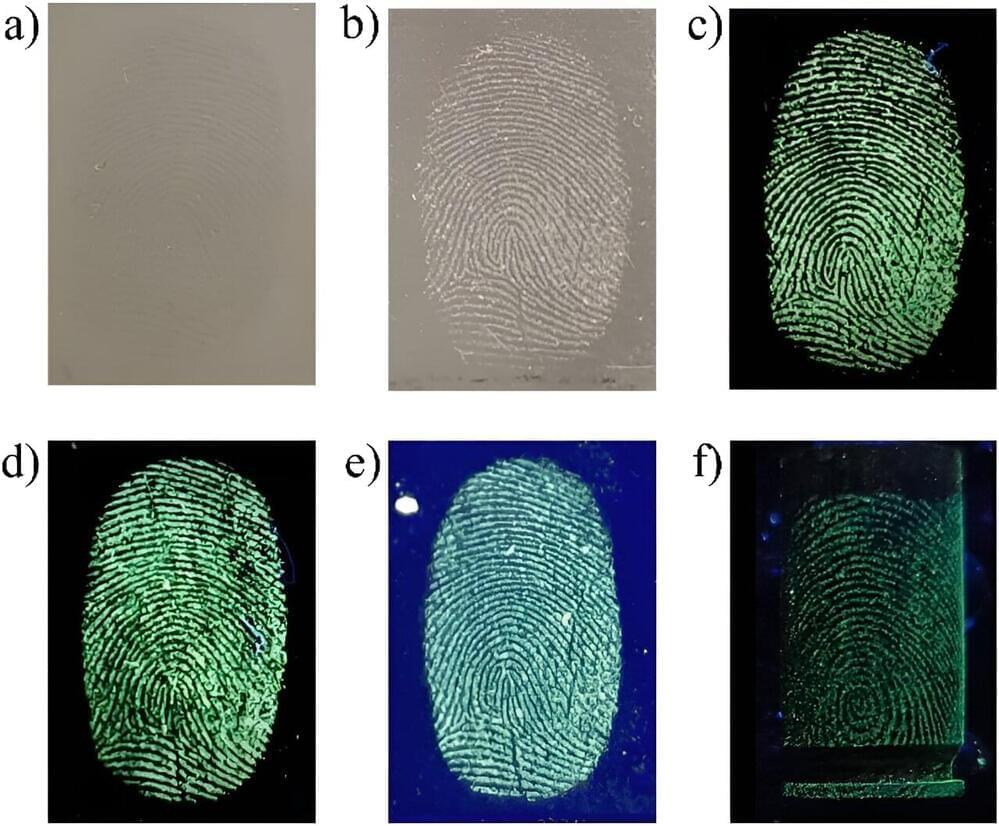
Latent fingerprints require physicochemical development techniques to enhance their visibility and make them interpretable for forensic purposes. Traditional methods for developing fingerprints include optical, physical, and chemical processes that involve interaction between the developing agent (often a colored or fluorescent reagent) and the fingerprint residue. These methods have limitations in recovering high-quality results in certain conditions.
Recently, new methods using mass spectrometry, spectroscopy, electrochemistry, and nanoparticles have improved the development of latent fingerprints. These techniques offer better contrast, sensitivity, and selectivity, with low toxicity. The ability to adjust nanomaterial properties further enhances the detection of both fresh and aged fingerprints.
Mesoporous silica nanoparticles (MSNs) have attracted significant interest since the discovery of the M41S family of molecular sieves, which encompasses MCM-41, MCM-48, and SBA-15. These nanoparticles are characterized by their controlled particle size, porosity, high specific surface area, chemical stability, and ease of surface functionalization.


















